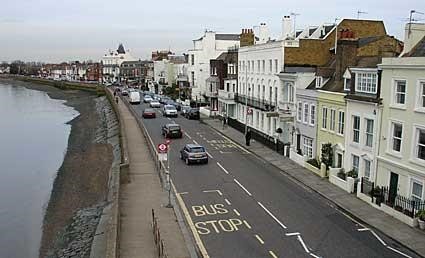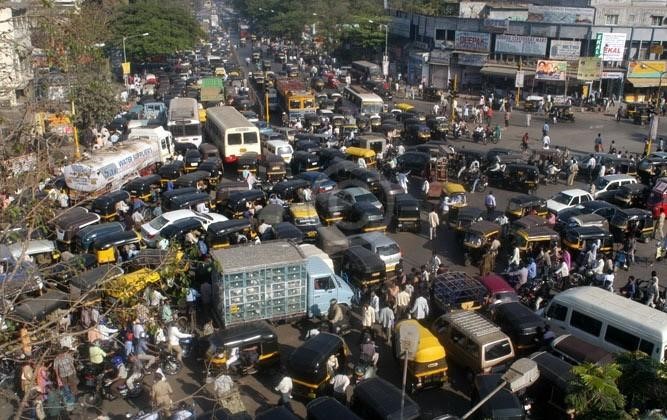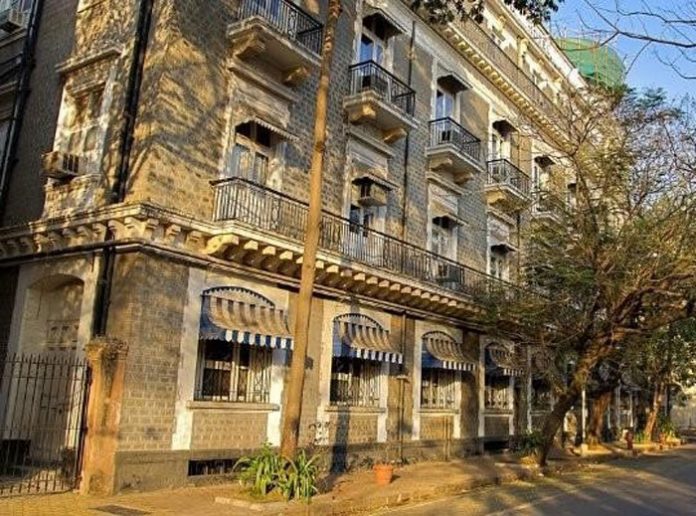The original ‘city’, South Mumbai, will very likely become its new suburb as the metropolis morphs with changes, writes Prabhakar Mundkur
Etymology
The word suburb is derived from the Latin word suburbium formed from sub (under or below). In ancient Rome, the rich and wealthy lived on the hills whereas the less privileged lived below the city.
But typically a suburb has always meant the outlying area of a city or town.
The Idea of a Modern Suburb
Due to rapid industrialisation and immigration of the poor from the towns to the cities reversed this trend to some extent. For example, in England the rich and middle class began to buy properties in the outskirts of London to escape the squalid conditions and the hubbub of the city.

In Johannesburg, South Africa when suburbs like Rivonia were first built, the residents wanted to have the feeling of living in the countryside and actually asked the local Council not to install street lights in that area. This was done with the lofty ideal of creating an almost village atmosphere in a modern suburb. When crime took an upward turn in the mid 90s, the local residents were forced to approach the Council for street lights but this request was denied. I was one of the residents who felt disadvantaged at not having street lights as a result of having always lived in a large city.

In south-western suburbs like Barnes in London, local communities were strong enough to resist even an underground train station if only for the anti-social elements that stations and transport can bring to a sleepy calm suburb. In fact, the communities resisted even a Tesco or a what the British call a Cash Point (in our much abbreviated language an ATM). And it is only over the last few years that they have reluctantly agreed to some of these facilities in Barnes and neighbouring Mortlake.
The Reverse Suburbanisation of Mumbai

Reverse suburbanisation is when over a period of time the city becomes the suburb and what we thought was the suburb becomes the city. Andheri – Saki Naka – Powai belt in Mumbai is a good example of the suburb becoming the city. Colaba and Churchgate is a good example of the city becoming the suburb over time. As an example the population density in Colaba would be about 16,000 people per sq compared to about 49,000 people per sq km in say a suburb like Kurla.
If one goes back in time, the Mumbai suburbs reconciled well with the concept of a suburb around the world. But the builder lobby, the political lobby, fuelled by the complete lack of urban planning has created a monster of a city called Mumbai. While it constantly aspires to be counted amongst the global cities of the world, it lacks the infrastructure of the best cities in the world. The lack of public areas for sports, relaxation, fitness and leisure is quite pronounced when compared to other global cities like New York and London.
London offers its residents 31 times the open space that Greater Mumbai offers its citizens, and New York offers 26 times the space. Mumbai has just 1.1 sq metres of open space per person. To feel how much open space you have as a Mumbai resident just stretch your leg.
There are many reasons for the reverse suburbanisation in Mumbai

- Change of CBD
The central business district is the focal point of a city. It is the commercial and office centre of the city and often also a transportation hub. It’s the equivalent of the market square in the ancient cities. CBDs developed into centres of finance and control and government. It housed retail, commercial, universities, entertainment, medical centres and culture. Experts of the city were also typically located in the CBD, lawyers, doctors, academics and bureaucrats.
The migration of the University of Mumbai to Kalina, the large corporates to Andheri, Powai, and Navi Mumbai, the National Stock Exchange, the Diamond Bourse and all the Bank headquarters to Bandra-Kurla, and other infrastructure to the suburbs has moved the geographical reference of Mumbai CBD to the suburbs. There is a shift in the centre of gravity of Mumbai from the original city centre or CBD (Hutatma Chowk, Churchgate, Nariman Point, Ballard Estate and Colaba to Andheri, Powai, Bandra-Kurla, Navi Mumbai etc.)
- Office and Residential Space
All the new office and residential space being created in multiples of the existing space in the Northern and Central Suburbs of Mumbai has completely reversed the earlier position of South Mumbai as CBD. By one estimate only a few buildings in Lower Parel would exceed many times the office space available at Nariman Point!
- Peak Land Value Intersection
CBD is home to the peak land value intersection in the city i.e. the most valuable real estate in the city. This has long ago moved to the suburbs.
- Reverse Commuting
The earlier trend was for commuters from the suburbs to travel to the city. With the relocation of business and industry a certain amount of reverse commuting is happening in Mumbai.
- The Growth of Slums
About 77.6% of the urban dwellers in Mumbai reside in one room and hundreds of thousands of them sleep on the footpath. About 62% of the households of the metropolis reside in these slums. This give rise to the problem of shortage of space in the suburbs.
South Mumbai – the new Suburb
If one were to project over the next 20 years, it is possible that South Mumbai where the earlier CBD of Mumbai was located, would regress slowly but surely into a suburb as we know it. It would be quieter. Have fewer businesses. Financial control would move out. And it would be left with the better infrastructure of the past. In fact the population density would be lower and its contribution to the total population of Mumbai city would keep declining. (Population density has grown much slower in South Mumbai than the rest of Mumbai.)
More hospital beds per person (South Mumbai has anywhere between 3-6 hospital beds per 1000 people depending on the area whereas the rest of Mumbai has < 3 beds per 1000 people), more water, more electricity, more open spaces per person, more clubs, less air and sound pollution and all the benefits of living in a suburb. Away from the malls, the traffic, the 3-wheeler rickshaws and the madness that creates cities like Mumbai. In other words an ideal place to live in.
And there is every possibility that other Indian cities may follow in the footsteps of Mumbai.









